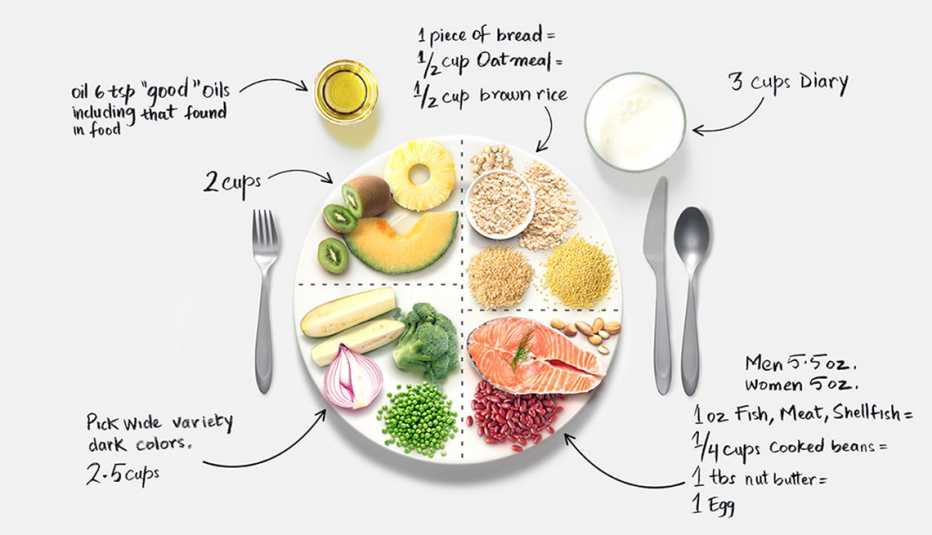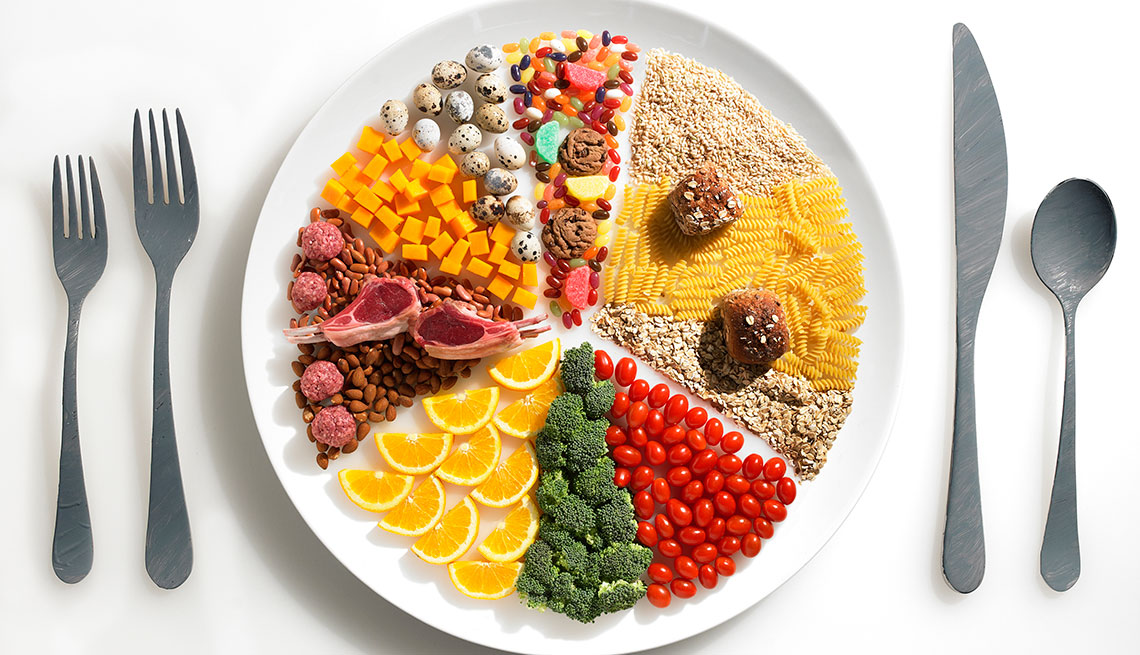AARP Hearing Center
As a family caregiver, you have a lot on your plates — both proverbial and literal. You know your loved one needs high-quality daily meals that balance fiber, healthy fats, carbohydrates, protein, calories and the harder-to-assess invisible ingredients, vitamins and minerals. But how much is enough? Wondering if you’re hitting the nutritional mark can stress the chef.
A good question. Most of us get all the nutrients we need from a healthy diet, but after age 50 the wiggle room of youth begins to shrink and the ability to absorb vitamins from food slowly diminishes. Vitamin and mineral shortages can have serious consequences.
The best prevention is to learn to spot the signs of malnutrition in aging people and serve meals that are nutrient-dense, packed with vitamins, fiber, complex carbohydrates and protein — much of it plant-based.
Creating Nutritious Meals: Step by Step
Step 1. Stock the fridge and pantry
Take a farm-to-table approach that focuses on minimally processed foods. On your list:
- Non-farmed seafood
- Lean meats, fish, eggs, beans and nuts
- Fresh or frozen produce in a rainbow of colors Frozen or fresh, they have the same nutrients
- Canned produce packed in juice or water
- Dairy products such as plain yogurt, kefir, skim milk, cream and low-fat cheese
- Whole grains such as quinoa, barley, oats, black or brown rice and millet
- 100 percent whole wheat or whole grain bread
Avoid:
- Processed food
- Baked goods made with refined flour
- High-sodium foods
- Soft drinks, juice and high-sugar foods
Know before you go:
- Before shopping, check out AARP’s heart-healthy recipes.
- Read labels. Preservatives and other food additives can cause allergies or sensitivities at any age.




































































